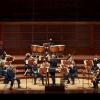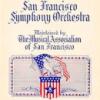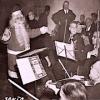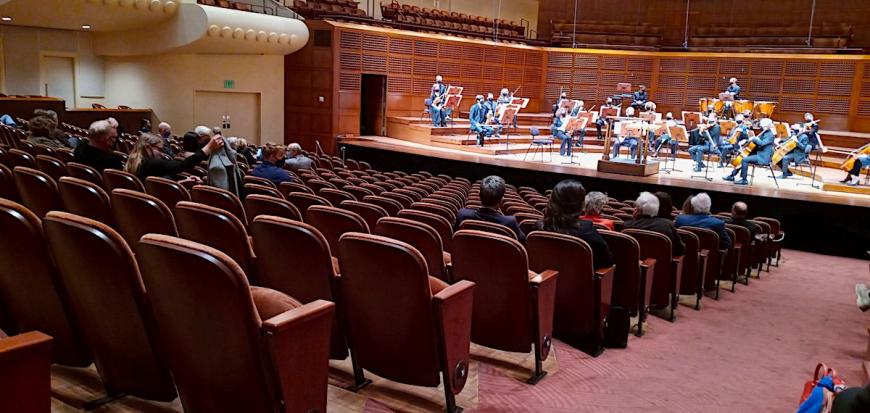
How emotional can a concert be before it starts?
Very.
Many among the 360 invited guests scattered strategically in the 2,743-seat Davies Symphony Hall Thursday night fought back tears, being in the hall after 14 months of fear, pain, and loss. Heaven only knows how she finds time, but Nancy Pelosi was there, too.
The San Francisco Symphony gave its first live concert in Davies since March 6, 2020, when Michael Tilson Thomas conducted Mahler’s Symphony No. 6. My last concert in Davies was a few days before then, in February.
As then, tonight also Esa-Pekka Salonen was conducting, but now in his debut as the orchestra’s music director. He got the title last fall, during the pandemic, succeeding MTT.
Along with the event comes this news from SF Symphony: “San Francisco has moved into Yellow Tier; a decision has officially been made to open Davies Symphony Hall to 50 percent capacity starting with the concerts on May 13 and 14. That translates to 1,371 seats available.”
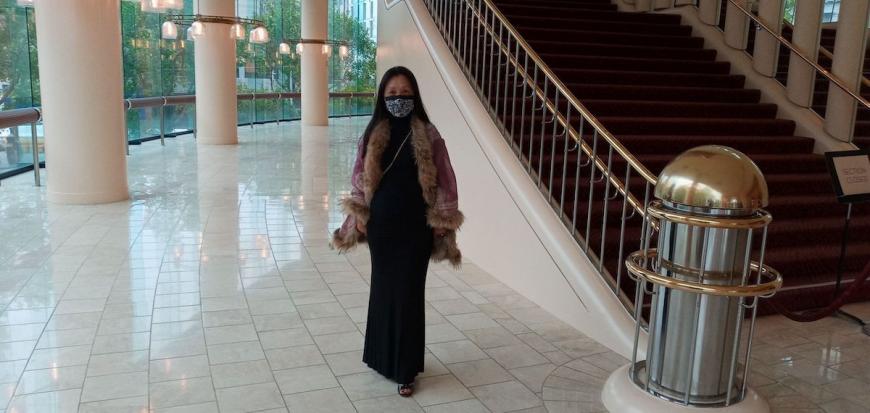
Not only was the first night a moving pandemic reunion with friends, musicians, and ushers. I even found some people who shared my four-decades long history of Davies openings and reopenings:
They were with me in the audience on Sept. 13, 1980, at the “Hard Hat Concert,” the first in Louise M. Davies’s present to the city, a concert for those who had built the hall.
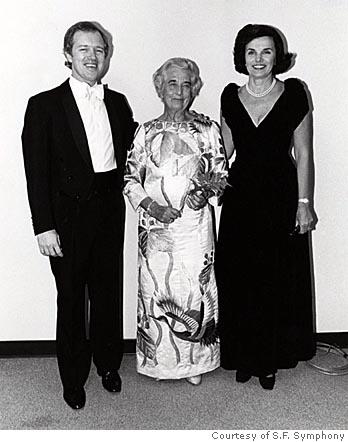
We were there on Sept. 16. 1980, at the official opening (when I and others reported that it was an acoustic disaster) and then at the reopening of the hall, on Sept. 10, 1992, after Gordon Getty’s $9 million fix of the building; Blomstedt in charge succeeding Edo de Waart
Tonight, the 90-minute concert without intermission had Sibelius’’s Rakastava, George Walker’’s Lyric for Strings, Carl Nielsen’’s Little Suite for Strings, Caroline Shaw’’s Entr’’acte, and Grieg’’s From Holberg’’s Time Suite, indicating Salonen'’s preference for Nordic, new, and diverse programming.
Salonen and SF Symphony President Priscilla Geeslin had a few brief, heartfelt remarks, welcoming and thanking the invited first responder medical professionals and community group to the concert.
For the near future, SF Symphony plans two concerts a week, with all pandemic restrictions in force, requiring proof of vaccination or negative COVID-19 test for all patrons, musicians, staff, and volunteers as well as universal mask wearing. Each audience, in ever-growing numbers, can look forward to feeling the poignant joy of returning to this “normal.”
Tentative plans for these concerts:
May 13–14
Jeremy Denk conductor and pianis
William Grant Still, Out of the Silence
Bach, Keyboard Concerto No. 1 in D minor, BWV 1052
Finzi, Eclogue for Piano and Strings
Mozart, Piano Concerto No. 14 in E–flat major, K.449
May 20–21
James Gaffigan conductor
Freya Waley–Cohen, Talisman
Schoenberg, Verklärte Nacht (Transfigured Night)
Barber, Adagio for Strings, Opus 11
May 27–28
Ken–David Masur conductor
Somei Satoh, Saga
Qigang Chen, L’Eloignement (Separation)
Tchakovsky, Serenade for Strings
June 3–4
Joseph Young, conductor
Jessie Montgomery, Banner
Carlos Simon, An Elegy: A Cry from the Grave
Rodion Shchedrin’s arrangement of Bizet’s Carmen Suite
June 10–11
Joshua Weilerstein conductor
Martinu, Double Concerto
Florence Price, String Quartet in G major
Dvorák, Serenade for Strings
June 17–18
Salonen conductor
Daniel Kidane, Be Still
Bernstein, Serenade
Bach’s, Brandenburg Concerto No. 3 (violinist Augustin Hadelich)
June 24–25
Salonen conductor
Mahler, Adagietto from Symphony No. 5
Jessie Montgomery, Strum
Strauss, Metamorphosen


